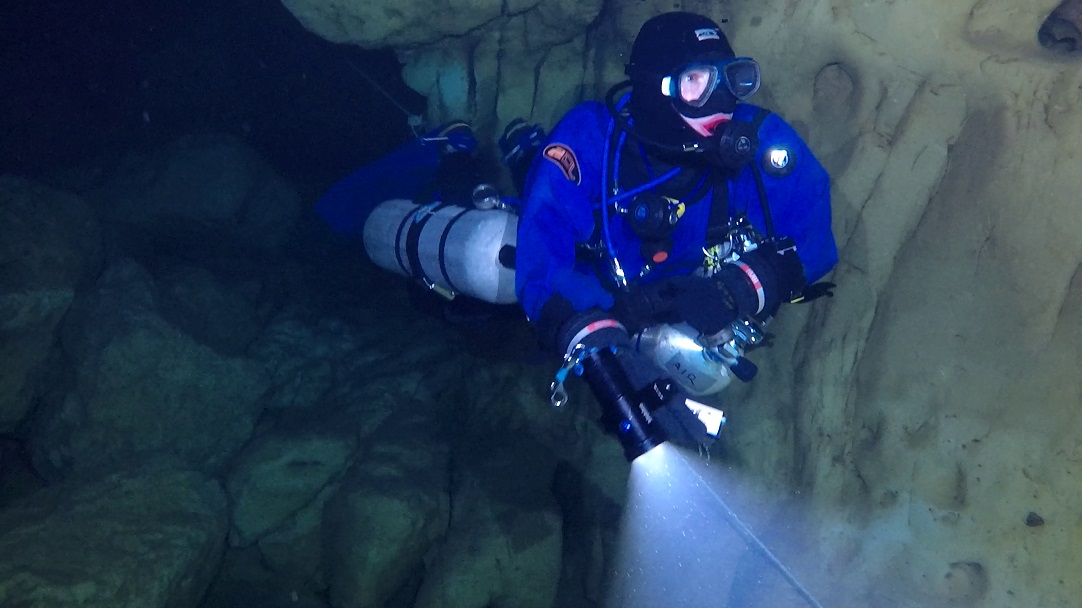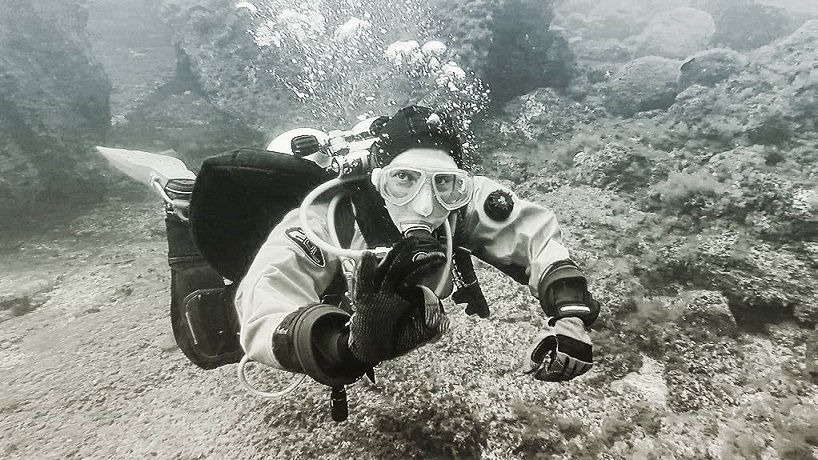Drysuit diving course
Drysuit Diver
(SDI DRY SUIT DIVER)

Drysuit Diver course prerequisites:
What is it the "drysuit" and why it's good for you?
What does the drysuit means in diving?
A special diving suit that keeps the diver's body dry. It is possible because drysuits are made of special materials with a particular technology. It is equipped with a gas-tight zipper, and the wrist and neck sleeve cuffs are designed so that water cannot penetrate. Drysuits can be made of several types of materials. Nowadays, trilaminated material and neoprene are the most common ones in sports and technical diving, and each type has pros and cons.Why do we use drysuits in diving?
First and foremost as a thermal protection against colder water. In order to prevent hypothermia. In general we can say drysuits are tend to give better thermal protection than wetsuits, of course e proper undergaramnet plays a big role in this is too. In the water the heat release is much greater than in air, therefor if we want to conduct divs in cooler waters then the proper thermal protection is essential. And dive suits means this thermal protection in diving.In my oppion around 20 degrees Celsius is the water temperature is the border. Under this temperature the most commonly used 5mm neopren wetsuit are not really confortable in a long run. The more experianc the diver gain the more he or she gets to feel the cold. Because with experience less attention is required from the diver to keep proper balance and over all the nuances of the diving, also less effort goes to it so more attention goes to feeling the water temperature. Of course, the feeling of heat is a very subjective thing and there can be gross individual differences.
If you often feel cold underwater and haven't tried drysuit diving going to be surprised how more comfortable diving is once you are not cold anymore.
Benefits of drysuit diving
If you are not that lucky to live in some tropical place. With drysuits you could dive the whole year around and not just in the summer months, even without traveling to faraway places with warmer weather.Besides the reasons for termalprotection important to to note for dive in overhead enviroment places (such as caves, mines, under ice) is very common to use drysuits. It also works as a backup BCD due to their important property with the help of a low-pressure hose and with special valves we can add and release gas from the suit. Not the drysuit is our main tool for adjusting our buoyancy though. Why is that and the reasons behind this and the proper methods are the topics of this course.
It is possible to take the drysuit course in rented suit, but it is highly recommended to have your own drysuit, as the propper fitting is very important.
Drysuit diving theory:
The diver get to know:It's takes around a half day to go thorough the theory.
If you do not own a drysuit yet it's better to go through at least the theory part before the purchase. That will make your decisions easier and you can choose the best type of suit for your dive purposes.
Drysuit diving in practice:
In order to get the certification the standard requires minium of 2 open water dives. However that I find pretty low, and I guess it's takes a bit more time for divers to handel their suit with confidence. Standardban az előírt a minimáls 2 db nyilt vizi merülés. Véleményem szerint ahhoz, hogy a búvár magabiztosan rutin szerűen tudja kezelni szárazruháját több idő szükséges.
For this reason I teach the 1st section in swimmingpool or confind water.
Then a dive day with at least 2 dives in open water.
After that we will have the "exam" dives which also takes place in open water and min.
Majd 1 merülési nap napi legalább 2 merüléssel nyilt vízen. dives in a day. In the end in this way the diver going to have min. 4 open water dives in their drysuit. True it's also jsut the beggingi on a road to gain an absolute routine, but at least gets to have some stronger basics.
The drysuit diver course exame:
First is theory Then the practical exam, on which the diver conduct min. 2 dives in open water.With the succesful Drysuit diver course :

Passing the Drysuit diver course you get an international dive certification.
You can conduct dives in a drysuit. Can use the drysuit properly, and in the case of malfunctions know what could be done.
Knows the different types of drysuits, and their proper maintenance procedures too.
Feel free to ask for more questions or to apply. Contact